Architecture for Ghosts and the Spirit World
Have you ever been in a building that doesn’t have a 13th floor? Even in modern skyscrapers in the United States, some superstitions like this have persisted in the construction. In China, since the number four sounds almost like the word for death, many buildings will similarly lack this level.
All over the world, different cultures have their own ways of adapting architecture to beliefs in demons, specters, and ghosts. Here are six examples of places guided by spirits.
Tian Hou Gong
QUANZHOU, CHINA
 A decorative spirit wall blocks ghosts from entering the temple grounds (photograph by Vmenkov/Wikimedia)
A decorative spirit wall blocks ghosts from entering the temple grounds (photograph by Vmenkov/Wikimedia)
Dedicated to the Tian Hou (“Heavenly Empress”), also known as Mazu the Sea Goddess, many sailors and fishermen have worshipped at this Chinese temple over the years for prosperity and safety in their perilous occupations. Giant statutes of turtles decorate the temple grounds, but a notable architectural element is the spirit screen (影壁) placed squarely in front of the main entrance gate.
Known also as a spirit wall, this is positioned in order to deter malevolent ghosts from entering the temple. Spirit walls used to be a privilege reserved for palaces and the mansions of nobility, so usage was not widespread in architecture until much later.
ERAWAN SHRINE
Bangkok, Thailand
 Erawan Shrine (photograph by author)
Erawan Shrine (photograph by author)
Surrounded by luxury hotels in the heart of bustling Bangkok, the Erawan Shrine is a popular place to meet up. Tourists and locals alike gather to admire the garlands of flowers and to pray. The construction of this famous shrine in the 1950s was actually meant to appease the land spirits possibly offended by the building of the nearby Erawan Hotel.
The spirits were believed to be responsible for delaying the hotel’s construction by injuring the laborers and causing the loss of a shipment of Italian marble intended for the building. To add to the cacophony of angry ghosts swarming around the Ratchaprasong intersection, the government had historically executed criminals in the same place.
A Hindu shrine was seen as a solution, and the hotel plans were modified to accommodate a statue of Than Tao Mahaprom. As a god with four faces, his visages radiate kindness, mercy, impartiality, and sympathy. No further mishaps delayed the construction of the hotel after his installment.
 Than Tao Mahaprom and his offerings (photograph by author)
Than Tao Mahaprom and his offerings (photograph by author)
WINCHESTER MYSTERY HOUSE
San Jose, California
 Winchester Mystery House (photograph by Roxanna Salceda/Wikipedia)
Winchester Mystery House (photograph by Roxanna Salceda/Wikipedia)
Known as the “Gun that Won the West,” the Winchester rifle was the most popular weapon among American settlers pushing into Indian lands in the last quarter of the 19th century. After the inventor of the rifle died in 1880, ownership of the company passed to his son, who died the next year. William’s wife Sarah inherited the massive wealth, granting her a daily income of about $30,000 in today’s money. With the double deaths in her family, Sarah believed the fortune to be cursed, and she sought the guidance of a medium. She was told to continuously build a mansion in California or ghosts would continue to haunt her and her family.
In 1884, Sarah bought an unfinished farmhouse in the Santa Clara Valley. Construction began and never stopped for 38 years. Carpenters worked day and night, and with no architect to plan the building, the rooms grew into an organic architectural form. Doors and stairs went to nowhere, windows overlooked other rooms, and stairs were mismatched with the floors they ascended to. On September 5, 1922, Sarah died and work on the house finally stopped.
The Winchester Mystery House today has survived two massive earthquakes with its 160 rooms, 40 bedrooms, and two ballrooms. Within the vast chambers of the house, there are 10,000 panes of glass, 19 chimneys, and it all sprawls across 162 acres.
HIJI CASTLE
Hiji, Japan
 Hiji Castle (photograph by Mukai/Wikimedia)
Hiji Castle (photograph by Mukai/Wikimedia)
Construction of Hiji Castle (日出城) started in 1601 overlooking Japan’s Beppu Bay. Traditional Japanese beliefs would say that ghosts all come into buildings from the northeast corner, which is referred to as the kimon (鬼門), or demon gate.
As you might guess, the demon gate is a bad place to put a door or window (or plumbing), and this has been true across much of Japan’s architecture. In Hiji Castle though, the architects went one step further and built a guard tower there to watch for evil spirits. The tower itself even has the northeast corner cut off for extra protection.
GEORGE STICKNEY HOUSE
Bull Valley, Illinois
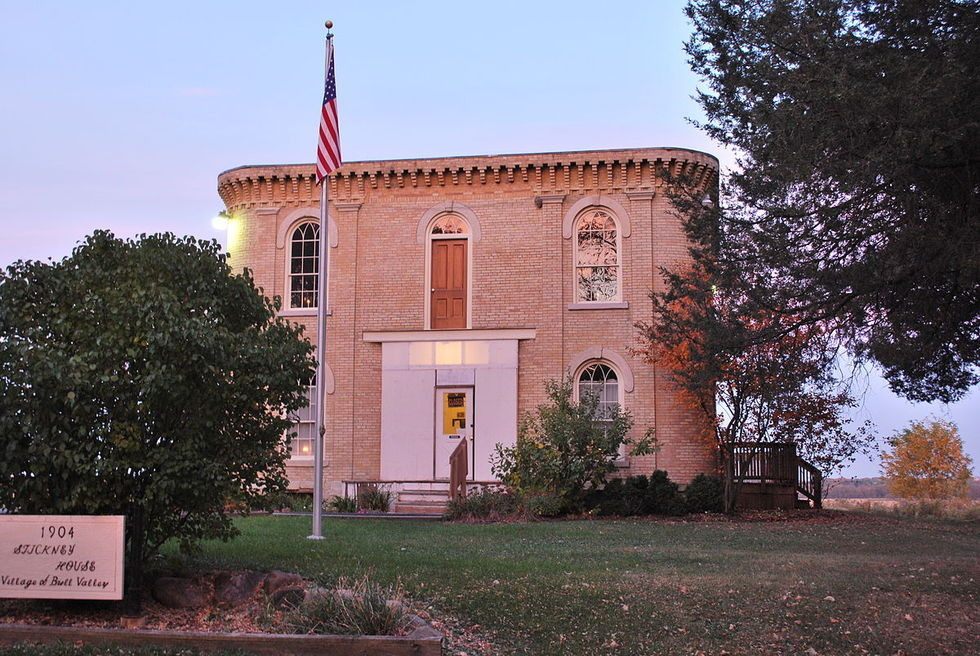 George Stickney House (photograph by Ronincmc/Wikimedia)
George Stickney House (photograph by Ronincmc/Wikimedia)
The Stickneys were a curious couple who decided to build their home in 1836 in Bull Valley, Illinois. Safe from nosy neighbors in the sparsely populated area, the Stickneys were free to practice their fervent belief in spiritualism. The couple thought the spirit world could speak to and through them, and their house was designed to allow these otherworldly visitors to move freely. Every corner was rounded, and none of the architecture met at a sharp angle, since abrupt corners were thought to hinder ghostly movement.
The Stickney House takes up two floors, with living spaces on the first floor and a massive ballroom on the second. This grand room was the setting for decadent séances for the couple and their friends to commune with the dead. Among the many denizens of the spirit world who supposedly spoke to the Stickneys were their own dead children. Sylvia had ten children in her lifetime, and only three survived to adulthood. George Stickney himself passed into the legend of the house, allegedly found dead in a corner of the home that was accidentally built at a forbidden 90 degrees.
Although used today as the Bull Valley government and police center, the Stickney House is still believed by some to host spiritual visitors, sometimes reported by police officers themselves.
OLD ROUND CHURCH
Richmond, Vermont
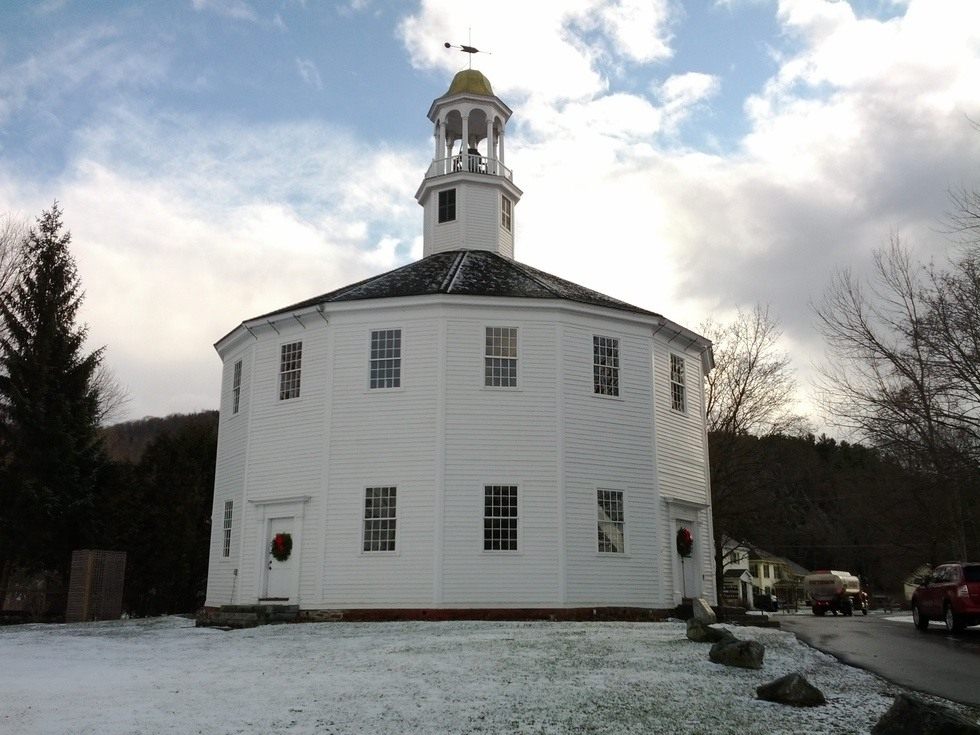 Old Round Church (photograph by Butson/Atlas Obscura)
Old Round Church (photograph by Butson/Atlas Obscura)
Although not a true circle, the 16-sided polygon (hexadecagon, for you geometry nerds) Old Round Church was constructed in 1812 to serve as the town hall and a shared house of worship. Five squabbling Protestant factions called Richmond home at the time, and the church was officially created to bring together the Baptists, Congregationalists, Methodists, and Universalists.
The legends are more fun though, and it is said that the architect William Rhodes put together the multifaceted design around a central belfry in order to leave no corners for Satan to hide. Another story argues that 17 carpenters were involved in the project, one building the belfry and the others each taking ownership of a wall. Less imaginative people would point out that William Rhodes’ hometown had a similar church that he probably copied for the Old Round Church.
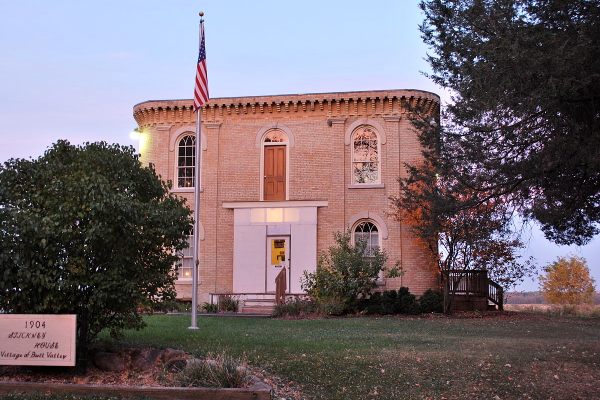




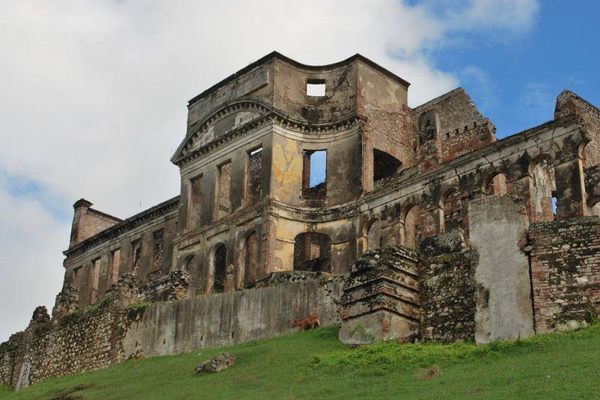
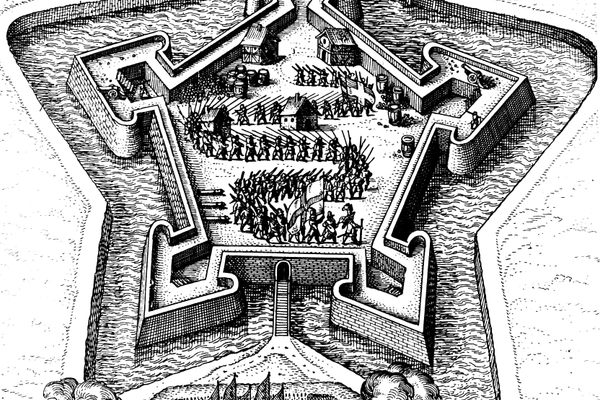
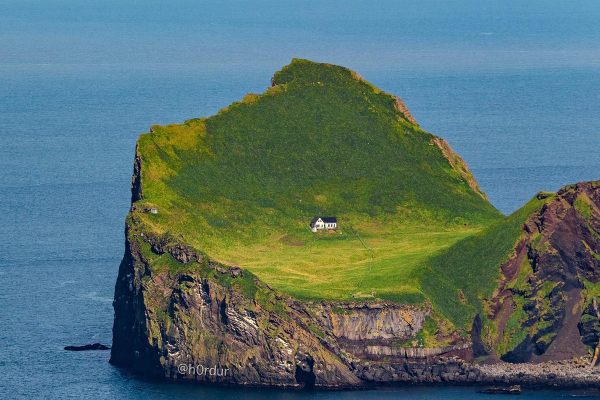














Follow us on Twitter to get the latest on the world's hidden wonders.
Like us on Facebook to get the latest on the world's hidden wonders.
Follow us on Twitter Like us on Facebook